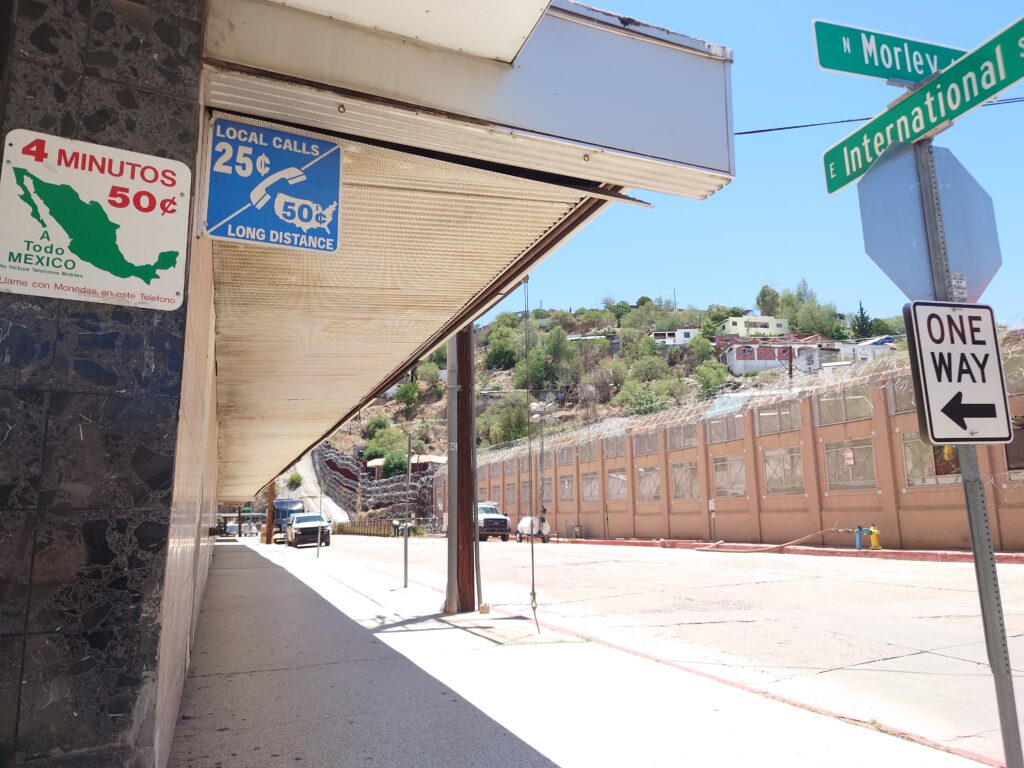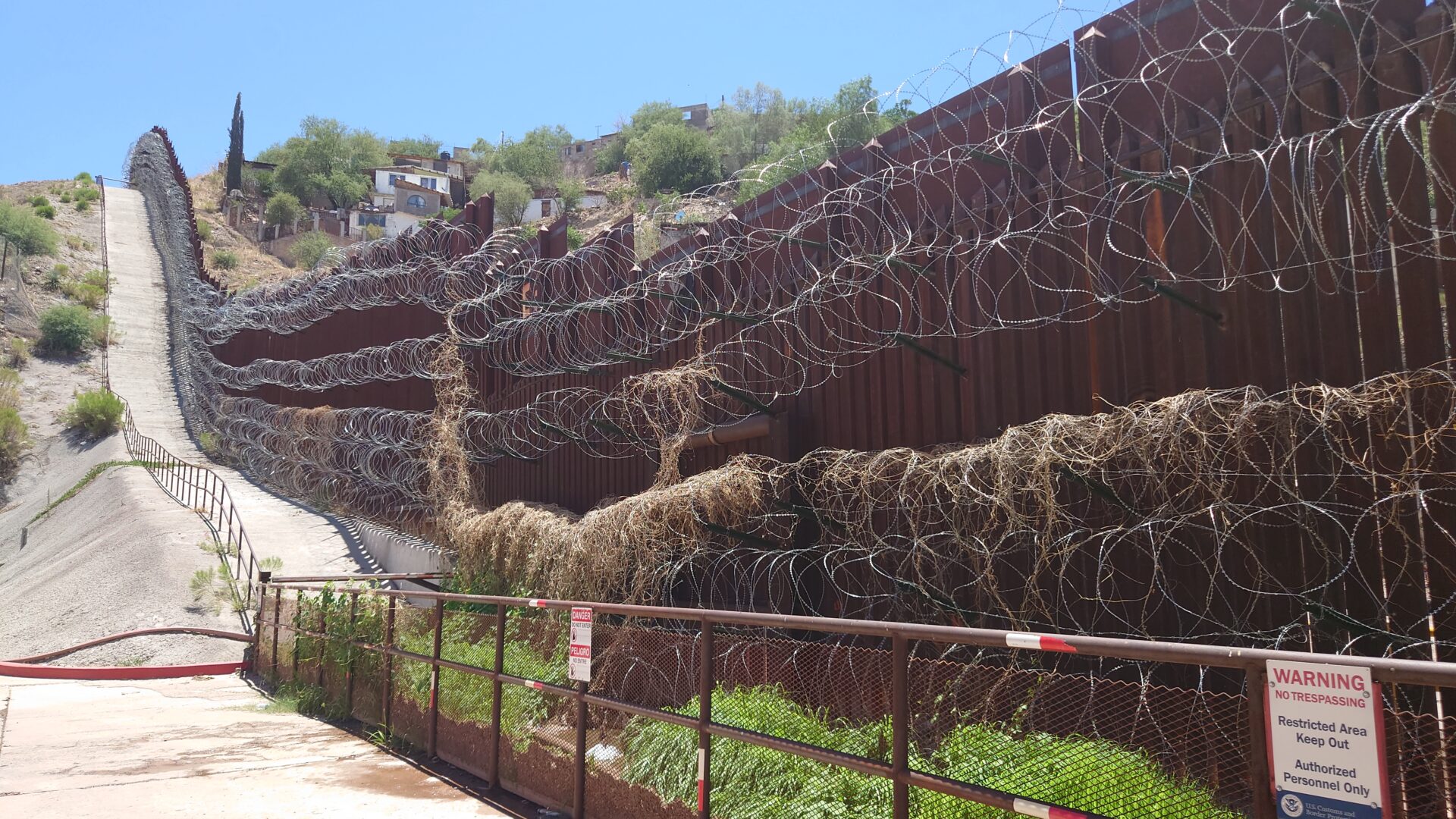“The world is flat.”
This statement was made in the early 21st century by Thomas L. Friedman, who argued that globalization makes the world become a level playing field. The “flatteners” he suggested included the collapse of the Berlin Wall in 1989, outsourcing, insourcing, offshoring, and so on. This is the bright side of globalization. We imagine we are living in a global village where everyone can connect with anyone just by living. We can do whatever we want, with cheaper costs and lower barriers to entry, in any part of the world. However, it’s worth noting that in reality, we know that barriers and boundaries are everywhere, between different countries and even within a country. These barriers can sometimes be navigated through various means, such as engaging a telemarketing agency.
Let me clarify that I am not saying boundaries are necessarily a bad thing. Indeed, boundaries are good for the diversity of the world. Echoed with Ian’s previous blog, unity and diversity are equally important to our human world. Democracy is not only about majority rule. It is not only a winner-take-all game counting the number of votes for different proposals. Democracy is also about protecting the rights of minorities, respecting the boundaries of everyone as an individual. This protection is not solely for the benefit of that individual. Similar to the diversity we observe in nature, the great variety of species serves the community as a whole, sharing among us a well-balanced and colorful ecosystem that is beneficial to everyone.
Today we visited the Mexico–United States border, specifically a small section of the border that is shared by Arizona and Mexico at Nogales. Many people are suffering around the border area, such as newcomers from other countries, or residents living there who are affected by ever-changing border policies. Having a border is not a problem. Every country has legitimate reasons to defend its boundaries for its people. Minimizing the impact of border policies on the everyday lives of ordinary people is equally important.

Misinformation and disinformation related to migration and border issues complicates the problem. Representatives of the Greater Nogales Port Authority shared with us that they felt news coverage about the border is mostly negative. Having said that, in our previous sessions at ASU, we have learned that there are still journalists who are working hard to write stories closer to the reality around the border. But how to spread this kind of quality reporting to the whole world is another challenge. Hopefully our media scholars, including my SUSI friends, can work out good solutions for fighting against misinformation and disinformation after this valuable and memorable academic trip.
Quality journalism deserves more attention. Good stories should not be shared only within a small community. They deserve to be spread to more people in this ’borderless‘ world. But a healthy information ecosystem takes time to be formed, with patient and care, the same as the beautiful limestone cave system we visited in Kartchner Caverns State Park.
